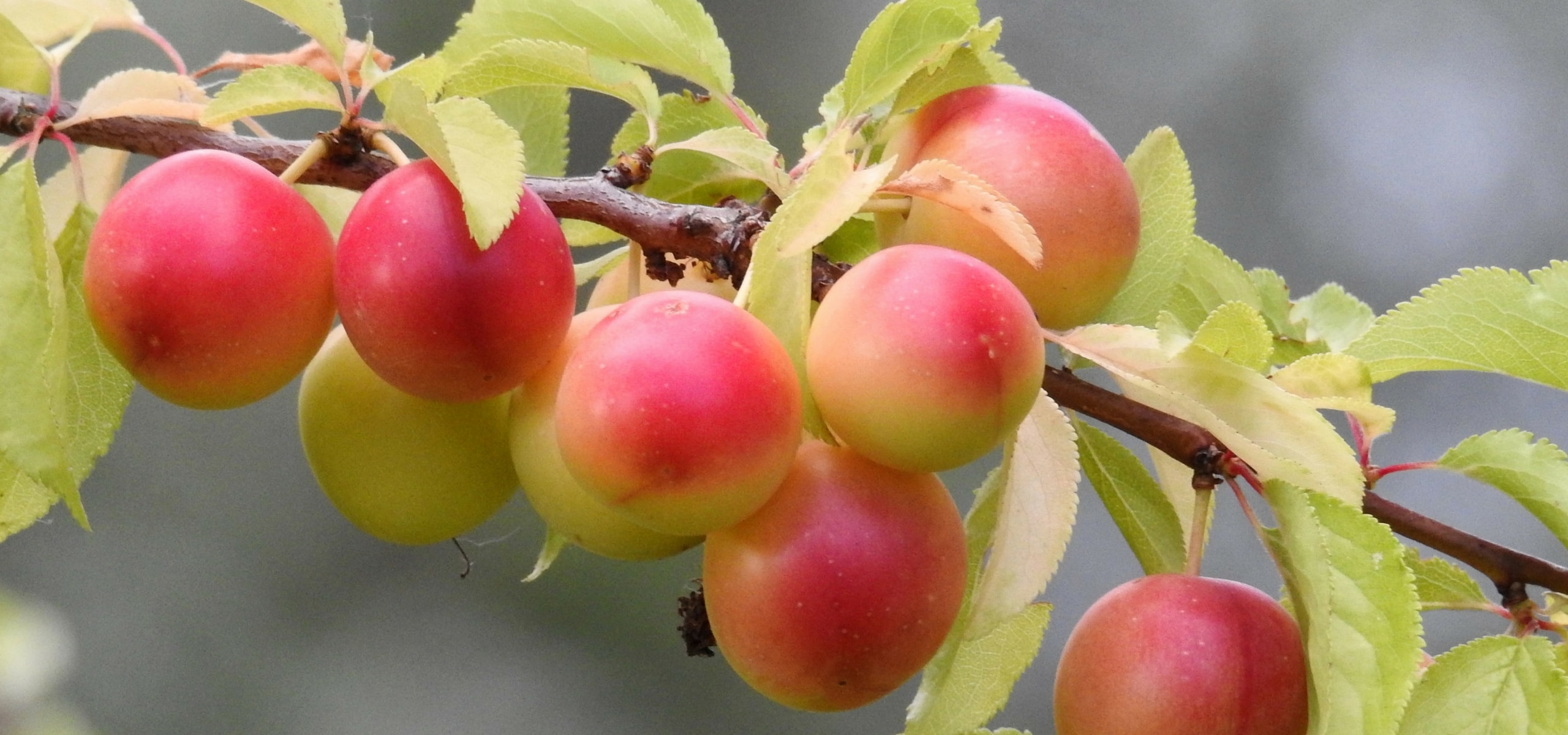
Plum tree: planting, pruning and maintenance
for abundant harvests
Contents
The plum tree (Prunus domestica) is a fruit tree with sublime flowering followed by abundant harvests. Depending on the variety, it will provide you with delicious plums, greengages, mirabelles, or Reine-Claude. Discover our tips for planting it well in the garden or orchard, pruning it, and providing the necessary care.
Where to plant the plum tree?
Easy to grow, the plum tree settles in the garden or orchard in a sunny spot sheltered from strong winds.
Hardy and drought-resistant, it is not very demanding regarding soil type, although it does not thrive in heavy, wet soils.
There are dwarf varieties, such as the Goldust® plum tree. These plum trees can be grown in the ground or in pots, in a small garden, on a terrace, or a balcony.
Moreover, plum trees are generally self-fertile. With a few exceptions, the presence of another variety is not essential, although it can help optimise fruiting.
When and how to plant?
Plum trees should ideally be planted between October and March, avoiding frost periods. The trees offered in containers can be planted all year round except during periods of extreme heat or frost.
Plum trees prefer light, well-drained, and rich soils, with a slightly acidic tendency.
To plant:
- Loosen the soil deeply, removing stones and unwanted herbs.
- Add some gravel to improve drainage.
- Dig a wide planting hole at least 3 times the volume of the root ball. Be sure to place the subsoil on one side and the topsoil on the other.
- Mix crushed horn and organic matter (potting soil, compost…) with the subsoil and pour this mixture into the bottom of the planting hole.
- Install a stake, place the root ball, and cover with topsoil without burying the graft union.
- Form a basin around the base and water generously. Tie the stake to the young plant, crossing the tie in an 8 shape, without touching the trunk.
Discover other Plum Trees
View all →Available in 1 sizes
Available in 0 sizes
Available in 0 sizes
Available in 0 sizes
Available in 1 sizes
Available in 2 sizes
Available in 1 sizes
Available in 1 sizes
Available in 2 sizes
Discover other Plum Trees
View all →Available in 1 sizes
Available in 0 sizes
Available in 0 sizes
Available in 0 sizes
Available in 1 sizes
Available in 2 sizes
Available in 1 sizes
Available in 1 sizes
Available in 2 sizes
Read also
How to protect fruit trees from birds?Care requirements, diseases
After planting, water your plum tree regularly for the first two or three years, then only during periods of intense heat. Mulch at the base to retain moisture in summer.
The plum tree can be susceptible to several diseases or pests. To combat rust (yellowish-green spots on the leaves, brown on the underside), brown rot (brown decay on the fruit), and canker (cracks on the trunk and branches), spray Bordeaux mixture and horsetail decoctions as a preventive measure. In case of an aphid infestation, spray a mixture of water and black soap.
Pruning the plum tree
Prune the plum tree every 3 to 4 years, at the beginning of autumn (after the leaves have fallen) or, if necessary, in winter, outside of frost periods.
To do this:
- Remove any suckers that have grown at the base of the tree and any water shoots developing on the trunk of the tree.
- Eliminate dead or broken branches, as well as those that cross each other.
- Cut back twigs and some inner branches to allow air and light to circulate in the medium.
- Trim the tips of the branches above a bud facing outwards. Apply a healing paste, such as clay, to the pruning wounds.
- Subscribe!
- Contents































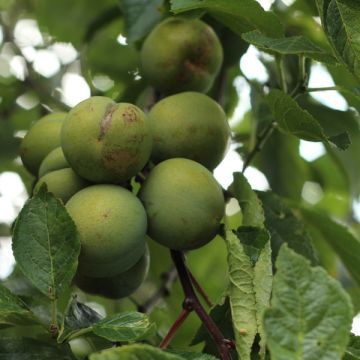
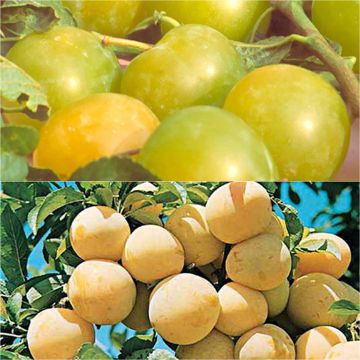
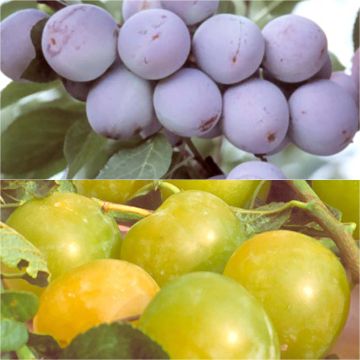
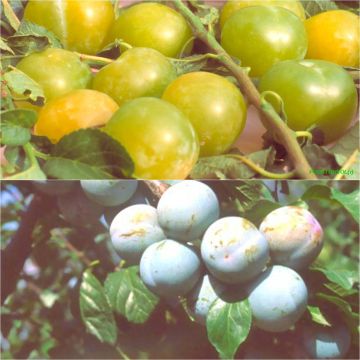
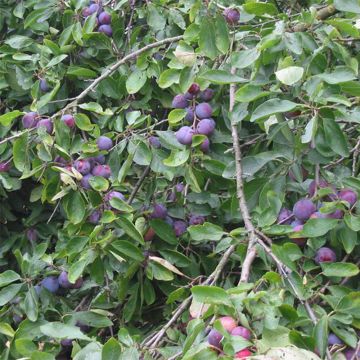
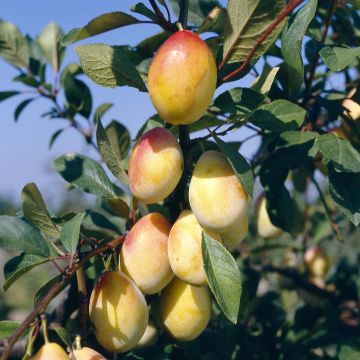
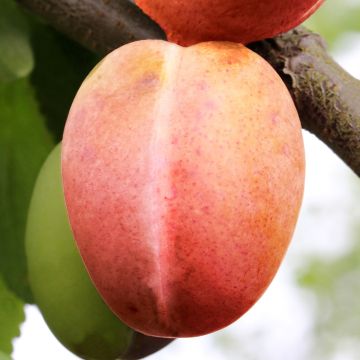
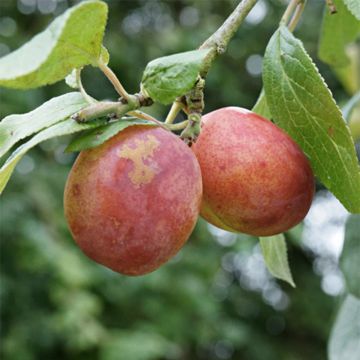
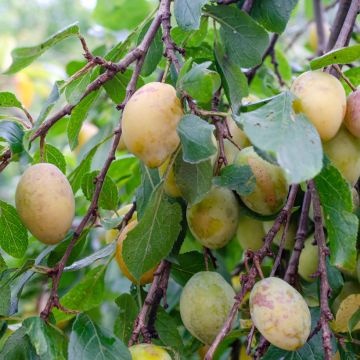
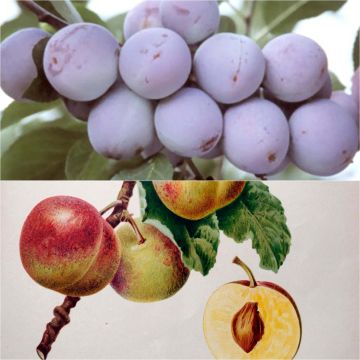
Comments